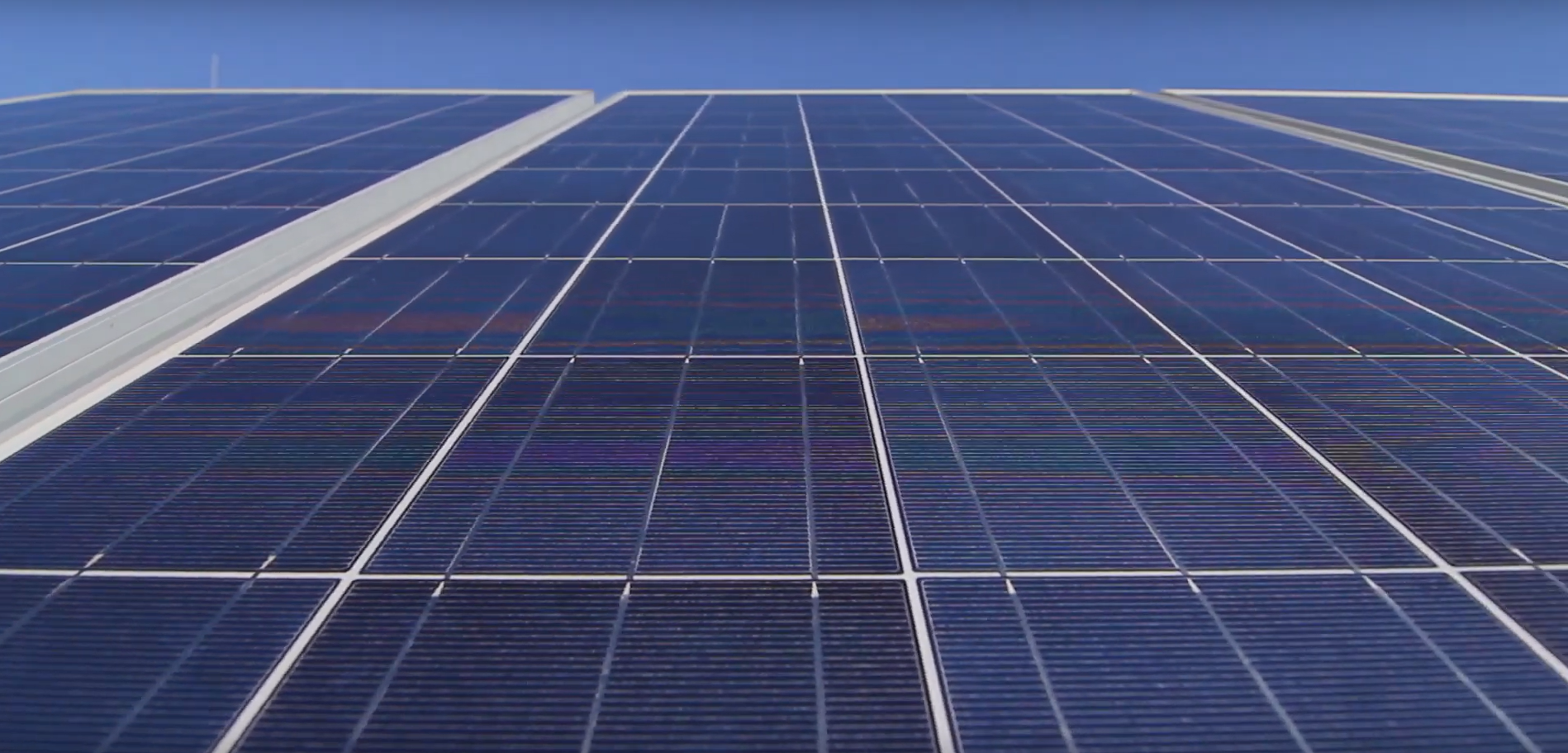- SEAT al Sol 2, the company’s solar plant expansion, will start functioning in 2024
- The company will install solar panels distributed across three different facilities, offering an additional 21 MW of power
- The expansion will generate 29 million kWh per year, enough energy to fully charge 500,000 CUPRA Born
- This project represents an important milestone in SEAT S.A.’s decarbonisation plan and underlines the company’s transformation towards more sustainable mobility
SEAT S.A. will triple its capacity to self-generate renewable energy with 39,000 new solar panels. The expansion of SEAT al Sol, the company’s photovoltaic plant, will encompass the installation of solar panels spread over an area of 233,000 square meters across its three production facilities — Martorell, El Prat and Barcelona. This project underscores SEAT S.A.'s efforts to decarbonise its production processes and reinforces the company’s commitment towards more sustainable mobility.

The new SEAT al Sol 2 solar installation will be one of the largest in Europe in terms of self-consumption. The plants will offer an additional 21 megawatts (MW) of power, self-generating an estimated 29 gigawatt-hours (GWh) of clean energy annually, enough electricity to fully charge 500,000 CUPRA Born. This clean energy will complement the use of certified green electricity from external sources in all the company’s facilities, with no CO2 emissions generated.
“SEAT al Sol 2 strengthens the objective to decarbonise our facilities and highlights the importance of renewables as a competitive element in our industry. The expansion of the solar project is part of SEAT S.A.’s transformation process, the most ambitious in our history, towards the new era of electric mobility,” explained Markus Haupt, SEAT S.A. Executive Vice-President for Production and Logistics.

10 years of SEAT al Sol
This expansion builds upon the success of SEAT al Sol, active since 2013, which will remain operational in parallel. This plant, which features a total of 53,000 panels on the roofs of the factory workshops and storage fields of production cars at the Martorell site, offers 11 megawatts (MW) of power and generates 17 GWh of clean energy each year. With SEAT al Sol 2, the company’s solar project will offer a total of 32 megawatts (MW) of power and self-generate 46 gigawatt-hours (GWh) of renewable energy annually.
The commissioning of the new photovoltaic plants, which will be developed in cooperation with CONECTA2 ENERGÍA, a Spanish independent energy trading company, is scheduled for 2024. In addition to its widespread installation across the three production facilities, SEAT al Sol 2 will extend to employee parking lots around the Martorell site, maximising the use of solar panels for sustainable energy generation.
The most ambitious transformation in SEAT S.A.’s history
SEAT S.A. is currently undergoing the most ambitious transformation in its history. The company’s factory in Martorell, which is celebrating its 30th anniversary this year, will produce fully electric cars from 2025 for CUPRA and Volkswagen. To achieve this, SEAT S.A. has designed an industrial, organisational and cultural transformation plan that reflects the company’s firm commitment to sustainability, including strategic initiatives such as the deployment of renewable energy self-generation systems to minimise the company’s environmental impact.

SEAT S.A.’s decarbonisation program sets the roadmap to reduce CO2 emissions in the entire car value chain considering its complete life cycle, which includes the vehicle’s production, use and end-of-life. The company’s goal is to reduce these emissions by 50% in 2030, compared to 2018, as a step towards becoming a carbon-neutral company by 2050, in line with the Volkswagen Group’s decarbonisation targets. The main levers to achieve this are the electrification of cars, which allows the reduction of the carbon footprint during their use, using green energy to charge electric vehicles and fostering a circular economy, as well as decarbonising the production phase.


